Graham Reid | | 6 min read
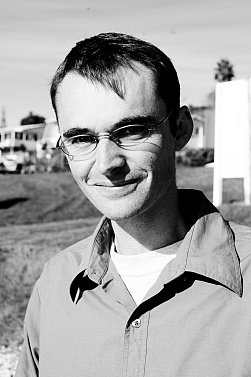
At the launch of the long overdue local publication of his graphic novel
Hicksville in Auckland recently, Dylan Horrocks said he
grew up in two places: In New Zealand and in comics, and both were on
the edge of the ‘real world‘.
“This
was stuff I thought after I finished Hicksville,” he says
later. “It wasn’t like I went in trying
to explain this. But when people started getting me to talk about the
book I realised there was this idea of New Zealand being at the edge
of the world. We’re used to thinking about ourselves that way, at
the bottom, no one pays much attention to us.
“Comics
are similar. In my lifetime they’ve been at the margins of the
literary and art world -- and there is a similar cultural cringe. For
a lot of cartoonists and comics fans there was that same sense of
getting very excited when people from the ‘real world’ take us
seriously -- like when graphic novels started getting reviewed in the
New York Review of Books, the same kind of cultural cringe.
“So
in Hicksville I was trying to get my head around how you deal
with being at that world of the edge, whether it is New Zealand or
comics, which seem like such wonderful, rich, magical places.
“What
I was doing with Hicksville was positioning myself there. I
wasn’t leaving the edge but staying at
the most marginal place I could find in those marginal worlds. That’s
why Hicksville is at the very tip of the East Cape and not on the
maps.
“But
from there I say, ‘this is the centre of
the world’.
“The
planet is not a circle which has geographical centre, it’s a globe
and on its surface there is no centre. Wherever you are on the globe
is the centre of the world. I wanted to see what the world looked
like when I stood exactly at where I felt most comfortable and see
how the rest looks.”
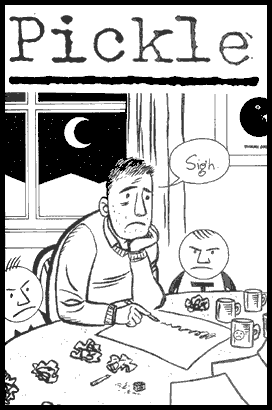 Horrocks
admits Hicksville -- originally serialised in his Pickle
comic between 1992 and 98, and published as a collection by Black Eye
Books in Canada in 98 -- has developed a reputation over the last 10
or so years almost out of proportion to the number of people who had
seen it“.
Horrocks
admits Hicksville -- originally serialised in his Pickle
comic between 1992 and 98, and published as a collection by Black Eye
Books in Canada in 98 -- has developed a reputation over the last 10
or so years almost out of proportion to the number of people who had
seen it“.
“Until
now it was very hard to get hold of. People knew about it but
couldn’t find it. The most common reaction to it now being
published here is, ‘Finally’.
So there is already an audience for it.”
The
complex, multi-layered novel has storylines about comics, Kiwi
culture, the crassness of American capitalism when it sweeps up young
idealistic comic writers and of the smalltown Hicksville where comics
are cherished. Its origins date to when Horrocks was living in London
and feeling homesick.
His
serialisation happened when the first wave of interest in graphic
novels -- spurred on by Art Spiegelman’s Pulitzer winning Maus
(86) and Alan Moore’s dystopic Watchmen (87) -- had passed.
Another, less appealing, wave had arrived.
Much
of that comes through in the 250 page book now published -- with an
autobiographical introduction by Horrocks -- through Victoria
University Press.
The
storyline of Todd Burger -- a crass, profiteering comic artist based
in Hollywood -- weaves through the book.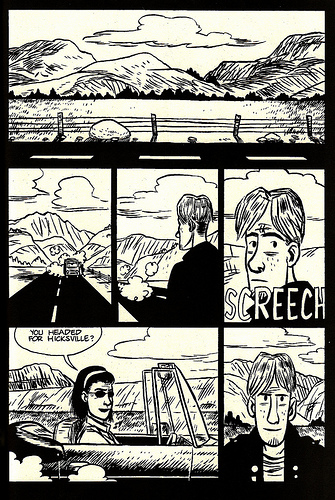
“When
I started I didn’t have a clear sense of
where it was going to go or be about, except it was to do with comics
and small towns and beaches. During that time there was, within
mainstream American commercial comics, a boom driven by speculation,
events like ‘the death of Superman’ and so on to try and convince
everyone, ‘This is collectable‘.”
Horrocks
admits he was “intrigued by was seeing geek cartoonists become
really rich and powerful . . . it was the age of megastars like Todd
McFarlane who left Marvel to start Image comics [in 92] and they were
making huge amounts of money.
“I
thought it was revolting -- mainly because I wasn’t
interested the comics they were doing. For others they were great.
The artists took what the fanboys were interested in, boiled it down
to essentials and beefed those up -- so the muscles were three times
as big. Not my thing at all.”
In
his new introduction to Hicksville Horrocks -- whose first
words were apparently “Donald Duck” -- makes reference to local
antecedents and contemporaries such as Bob Kerr and Stephen
Ballantyne’s Terry and the Gunrunners and Strips
magazine, and concedes his time as an artist for the DC imprint
Vertigo was soul destroying. Drawing Batgirl wasn’t his
thing.
Hicksville
-- in its spare art and complex storyline -- is subtle and often
understated, although it resonates on many levels to different
audiences.
It
is considered a work of post-colonial literature and on the reading
list for such a course at an American university, overseas readers
find the South Pacific location very exotic, but only local audience
will pick up the visual reference to the famous Freeman’s Bay
“Bushells Dairy“.
And
as a character Leonard Batts, described as a journalist and critic
for Comics World magazine, makes his way to mythical
Hicksville he keeps finding pages of a mysterious comic.
“It
is this story of the islands of New Zealand coming adrift and Captain
Cook, Hone Heke and Charles Heaphy trying to work out ,‘Where
the hell are we?’
“I
had no idea where I was going with that image but it haunted me so
much I had to keep exploring it.
“New
Zealand has been going through a dislocated journey of exploration
for quite some time and we almost need a new way of mapping where we
are in the world, but in a way that can take into account constant
change and have a less fixed location.
“We
are no longer in any one place. We’re in the South Pacific but are
part of Asia, Europe, Britain . . . And we have a complex and
interwoven relationship with American culture and society. And
Australia.” 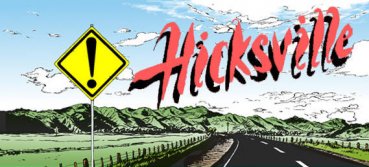
Now
43 and having been making comics since a Gestetner machine at school
through photocopying (“they were a godsend”) and now to the age
of the internet (he posts work in progress and blogs here), Horrocks says he while he majored in
English at Auckland University, “I really majored in comics by
drawing for Craccum”.
He
has seen waves of interest in graphic novels and comics come and go
-- “mainstream publishers wanted their Maus and that lasted
until early 90s, then the bubble burst” -- but feels there has been
a resurgence.
Bookshops
and libraries stock graphic novels, again people beyond the fanboy
base take them seriously, and “a turning point was Chris Ware’s
Jimmy Corrigan in 2000 which won serious literary prizes“.
Horrocks
notes that as with the Maus and Watchmen wave, Ware’s
book did not arrive in isolation for those in the know. Behind the
big names are scores, if not hundreds, of creative people working
away on their projects.
“This
is a much better time to be bringing a graphic novel out.”
And he is. Again. At last.
Dylan Horrocks is the second artist interviewed in the clip below.


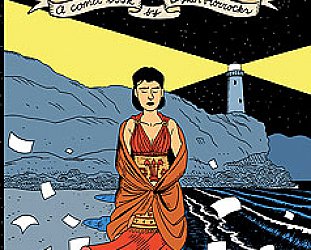
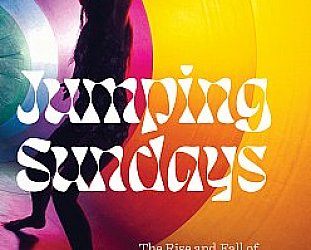
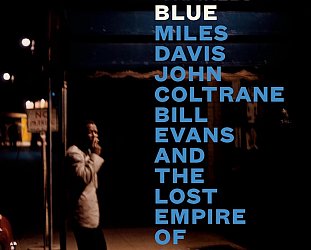

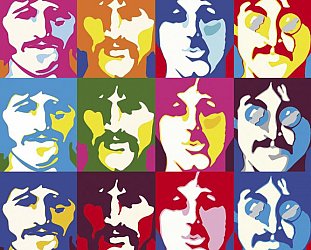
post a comment